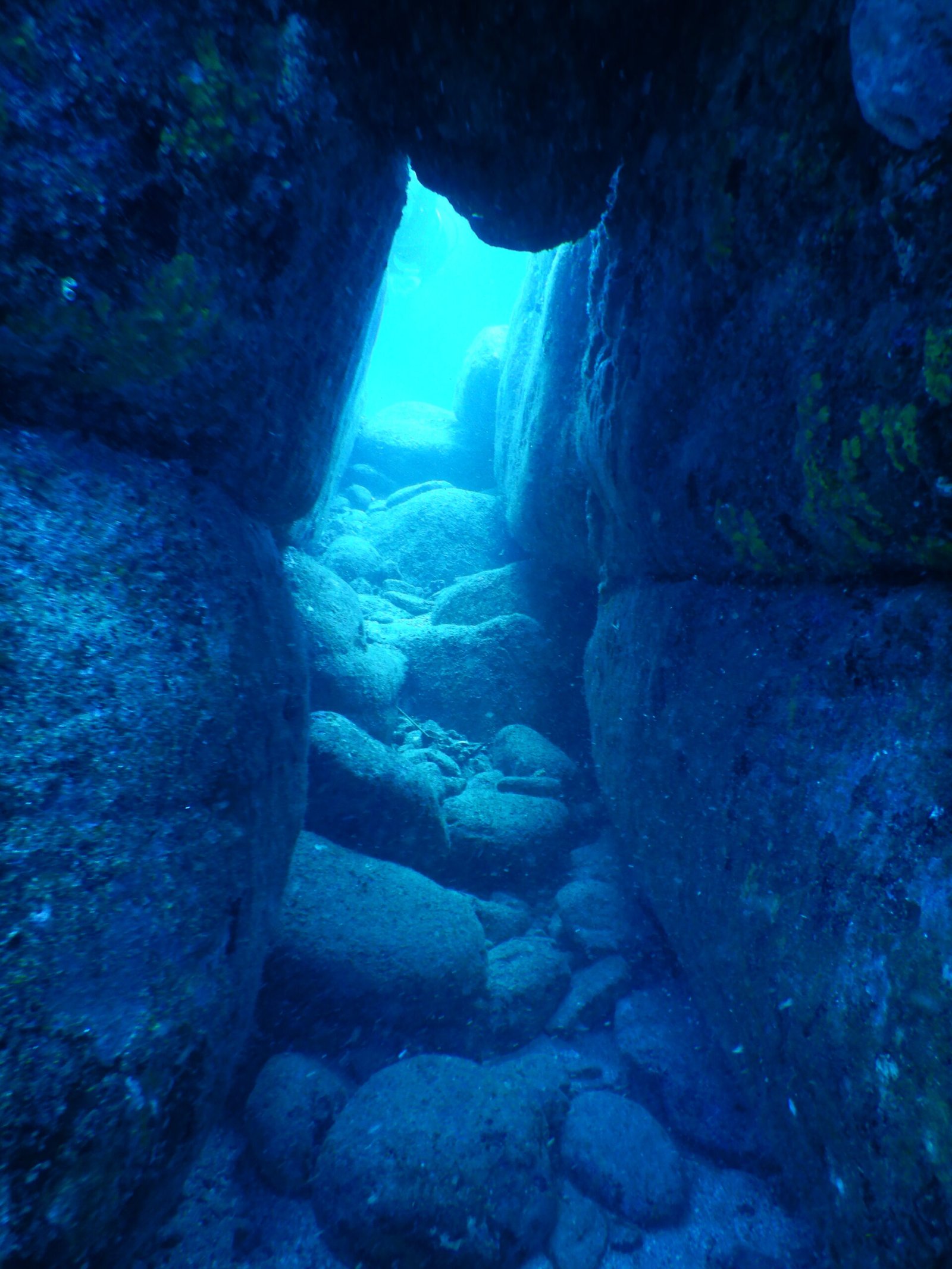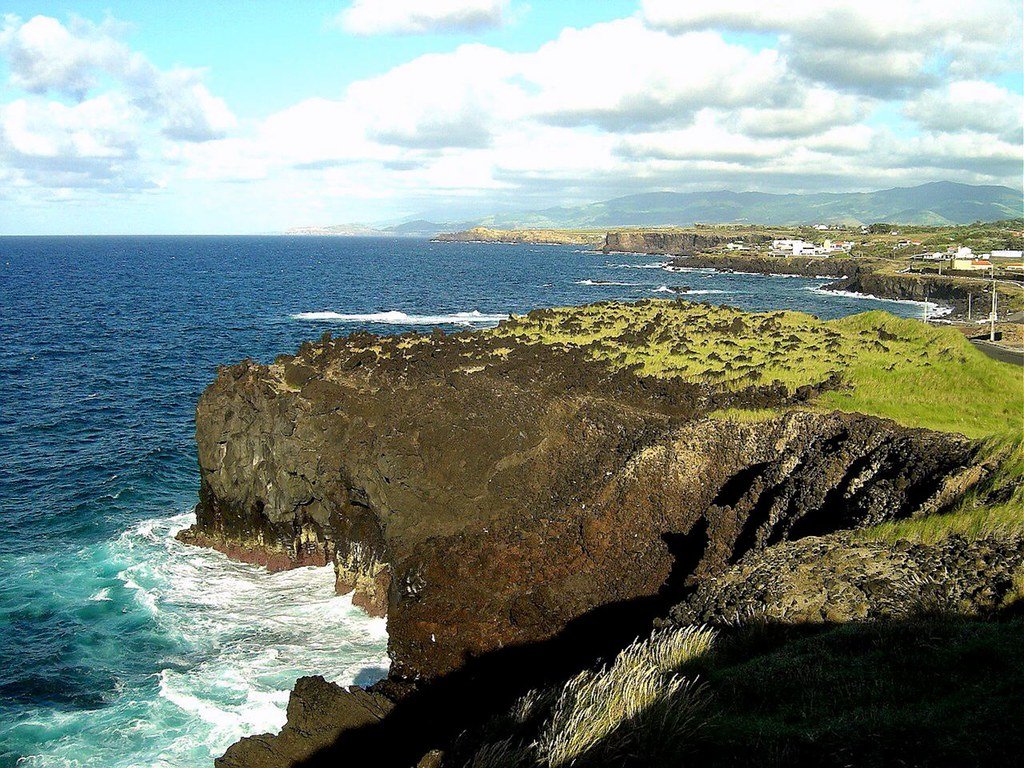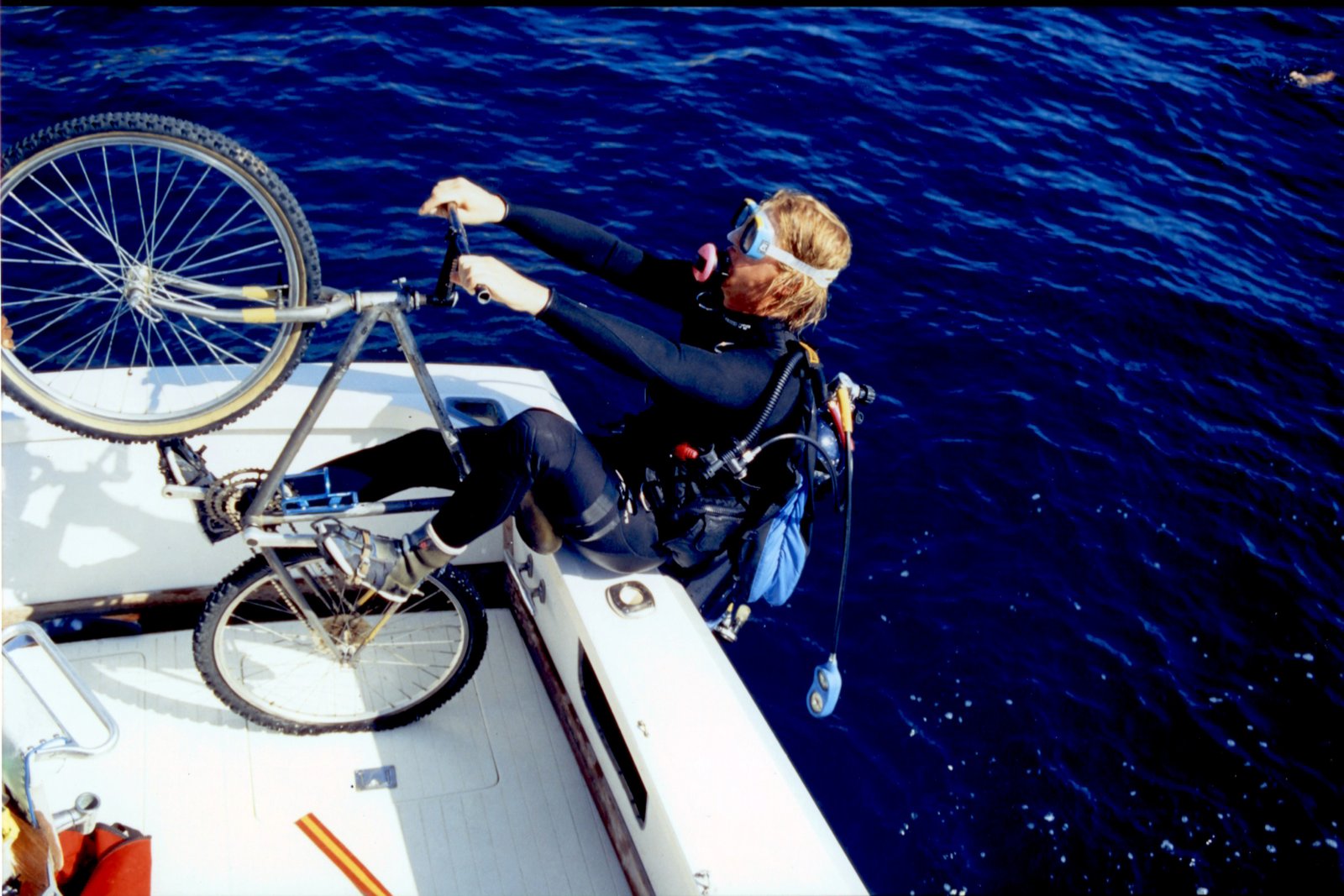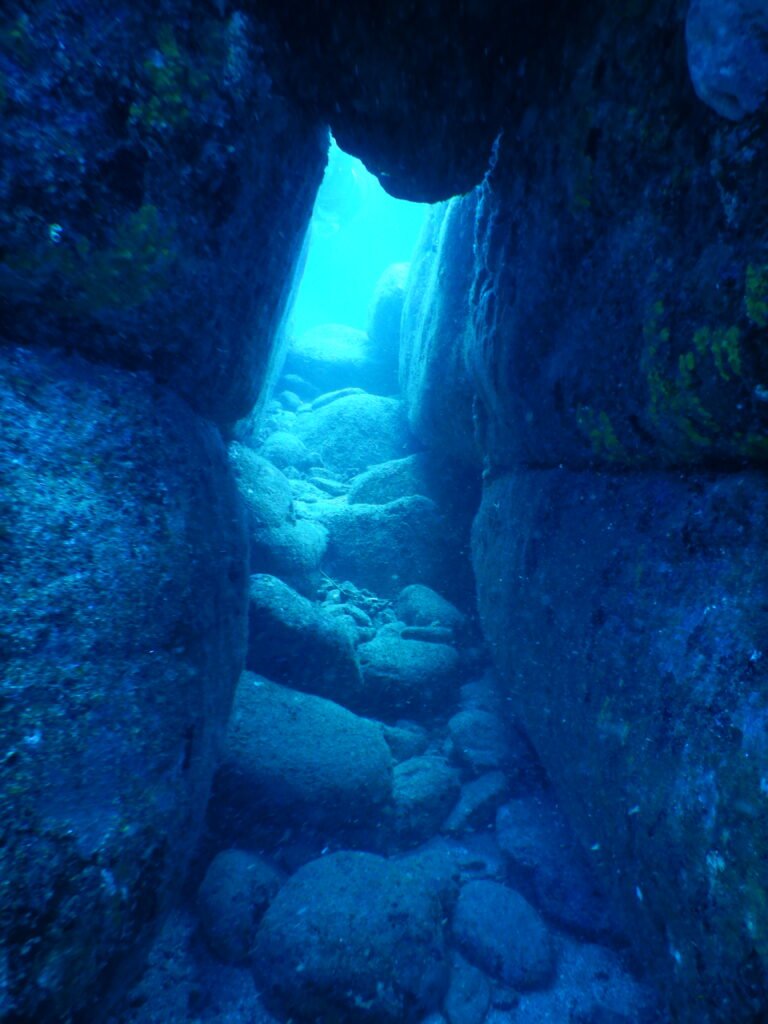The ocean, vast and mysterious, holds secrets that continue to baffle scientists and historians alike. Among these enigmas are the underwater pyramids, structures that lie hidden beneath the waves and challenge our understanding of human history. These submerged edifices, scattered across various global locations, have sparked debates and curiosity among scholars and explorers. Are they remnants of ancient civilizations or natural formations that mimic human architecture? The allure of these hidden pyramids is undeniable, as they could potentially rewrite chapters of our past. Journey with us as we dive into the depths of these fascinating structures.
The Mystery Beneath the Waves
The notion of underwater pyramids evokes a sense of wonder and intrigue. These structures, shrouded in the darkness of the ocean floor, have been discovered in several parts of the world, each with its unique story. The possibility that such grand designs could exist underwater leads to speculation about ancient civilizations that might have thrived long before recorded history. The mystery deepens when considering how these structures ended up submerged. Were they built on land that gradually sank, or did rising sea levels swallow them over time? These questions fuel the hunt for answers, drawing researchers and adventurers alike.
The Pyramids off the Coast of Japan

One of the most famous underwater pyramid sites is off the coast of Yonaguni, Japan. Discovered in 1986, the Yonaguni Monument is a series of massive stone formations that resemble a step pyramid. While some argue that these are natural formations sculpted by ocean currents, others believe they are remnants of an ancient civilization, possibly pre-dating known history. The monument includes terraces, steps, and what appears to be a road, encouraging theories of human intervention. The debate continues as researchers analyze the site, searching for definitive evidence of its origins.
The Bimini Road: Nature or Nurture?

In the waters of the Bahamas lies the Bimini Road, a submerged pathway of rectangular limestone blocks. Discovered in 1968, this underwater feature has sparked debates regarding its origin. Some suggest it is the remains of an ancient road or wall, possibly linked to the legendary city of Atlantis. Others argue it is a natural beachrock formation shaped by the forces of the sea. The Bimini Road remains a subject of fascination, with divers and historians exploring its potential connections to lost civilizations.
The Cuban Underwater City

In 2001, a team of explorers discovered a series of stone structures on the ocean floor off the coast of Cuba. These formations resemble urban planning, with pyramids, roads, and buildings spread across a large area. The depth at which they were found suggests they are ancient, potentially predating known human history. This discovery has led to speculation about a lost city, perhaps even a civilization that existed during the last Ice Age. The Cuban underwater city continues to be a focus of research, as scientists seek to unravel its secrets.
Exploring the Azores: A New Discovery

The Azores, an archipelago in the mid-Atlantic, is home to another intriguing underwater pyramid. Discovered by a Portuguese sailor in 2013, this pyramid is said to be perfectly square and oriented with the cardinal points. Its discovery has revived discussions about the possibility of ancient civilizations in the Atlantic, potentially linked to the myth of Atlantis. While some experts believe it to be a natural volcanic formation, others are investigating its potential as a man-made structure. The mystery of the Azores pyramid adds another layer to the underwater enigma.
The Role of Technology in Uncovering History

Advancements in technology have played a crucial role in exploring underwater pyramids. High-resolution sonar, remotely operated vehicles (ROVs), and 3D mapping have allowed researchers to study these structures in detail without disturbing their environment. These technologies enable scientists to gather data and create models that help in understanding the nature and origin of these formations. As technology continues to advance, our ability to explore the depths and uncover hidden secrets improves, offering new insights into our planet’s history.
Challenging Conventional History

The discovery of underwater pyramids challenges conventional historical narratives. If proven to be man-made, these structures could indicate advanced civilizations that existed long before our current understanding. This potential has led to a reevaluation of history and the timelines of human development. The idea of lost civilizations is enticing, suggesting that there may be chapters of our history that remain unwritten. As researchers continue to explore these underwater mysteries, our perception of history may evolve.
Natural Wonders or Human Creations?

One of the central debates surrounding underwater pyramids is whether they are natural formations or human creations. Natural processes can create structures that resemble man-made designs, leading to confusion and speculation. However, the complexity and precision of some formations suggest human involvement. Determining the true nature of these structures requires careful analysis and collaboration between geologists, archaeologists, and historians. The answer to this question could rewrite our understanding of ancient human capabilities and their interaction with the environment.
The Influence of Myths and Legends

Myths and legends have long influenced our perception of underwater pyramids. Stories of Atlantis, Mu, and other lost civilizations have fueled speculation about these submerged structures. While myths often contain elements of truth, they also blend with imagination, making it challenging to separate fact from fiction. These legends inspire exploration and research, pushing us to seek evidence and answers. By examining these myths alongside scientific findings, we can gain a deeper understanding of their origins and significance.
The Future of Underwater Archaeology

The exploration of underwater pyramids represents the future of archaeology, where the depths of the ocean become the new frontier. As technology advances, so does our ability to explore and understand these submerged mysteries. Underwater archaeology has the potential to uncover lost cities, cultures, and histories, offering a richer understanding of our past. The quest to explore these structures is a testament to human curiosity and the desire to uncover the unknown. The underwater pyramids, whether natural or man-made, will continue to captivate and challenge us, urging us to delve deeper into the mysteries of our world.




